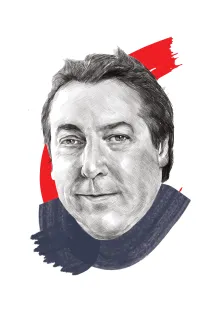A dark shadow is forming over the celebrations to mark the 75th anniversary of the NATO alliance in the form of the growing uncertainty in Washington over US President Joe Biden’s faltering campaign for re-election.
The two-day summit to mark NATO’s creation in 1949, which gets underway in Washington on 9 July, is supposed to celebrate the alliance’s main achievements, not least preserving the peace in Europe throughout the Cold War. Leaders of the 32-member alliance will also want to reflect on their reaction to Russia’s invasion of Ukraine in 2022, launching the first major conflict in Europe since the end of the Second World War.
In many respects, the Ukraine conflict has acted as a wake-up call for many NATO states, prompting many of them to undertake a significant increase in defence spending so that they reach the minimum 2% target of GDP required by NATO membership. Prior to the Russian invasion, only a handful of NATO countries met the requirement, a shortcoming that was a constant source of friction between the US and major European powers, such as Germany, that consistently failed to meet the target.
The issue became particularly vexing during Donald Trump’s presidency when he famously berated then-German chancellor Angela Merkel over her country’s refusal to pay it due. US resentment at the Europeans’ unwillingness to pay for its own defence has even prompted suggestions, especially if Trump wins re-election to the White House in November, that Washington will withdraw from the alliance altogether and leave the Europeans to fend for themselves.
Trump’s constant hectoring of European leaders, together with Russia’s open act of military aggression against a neighbouring European state, has already prompted many European countries to radically revise their NATO spending commitments, with the result that at least 23 of the 32 member countries will be meeting the 2% target during next week’s summit, with many more set to follow suit. This compares with just three nations—including the US and the UK—meeting the target in 2014 when Russia first launched its military intervention in Ukraine.




